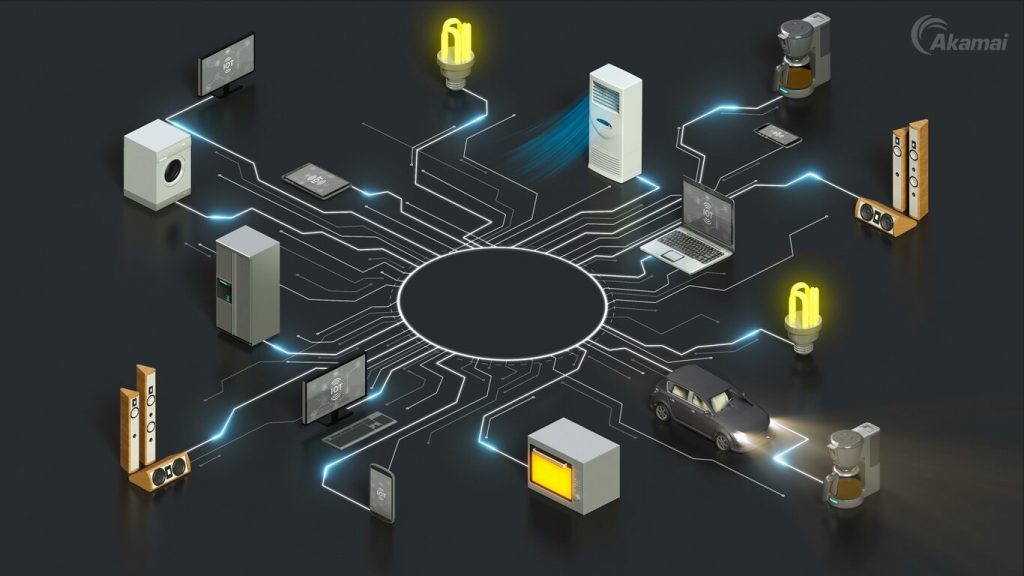advertisement
Securing the edge in a world of IoT and cloud
Edge computing, or the analysis of data and development of solutions at the site where it is generated, is bringing…

Edge computing, or the analysis of data and development of solutions at the site where it is generated, is bringing the power of the cloud to mobile and IoT devices and is being used by businesses to create smarter buildings, cities, workspaces, retail experiences, among many other applications.
“The edge is crucial because it driving new ways to increase operational efficiency, maximise performance and safety, and minimise unplanned downtime, which are all vital in today’s digital, always-on operations,” says Tsholofelo Montshioa, business development manager for Super Micro at Axiz, SA’s leading value-added ICT distributor.
This is particularly true considering the rise of the Internet of Things (IoT), particularly the Industrial Internet of Things (IIoT). “Edge computing is one of the foundations of innovation and is opening up new and exciting ways of doing business. There is no question that edge computing will be the power behind the next industrial revolution, forever altering the way manufacturing and services are carried out.”
advertisement
Not only does the edge power the collection of data in real-time, it is the portal to optimising that data, to glean actionable insights from it instantly, says Montshioa.
“Edge computing is both scalable and flexible, and can be up and running far more quickly than centralised computing, enabling businesses to respond to shifting business needs more rapidly. It is more cost-effective and efficient, as processing data in real-time removes latency as well as the associated costs with sending data to and from the various clouds and servers,” he noted.
However, along with all its benefits, edge computing is also driving a massive paradigm shift in the way data needs to be managed and secured.
advertisement
“There’s no doubt the edge, and particularly edge devices, have fallen into the crosshairs of many threat actors and cyber criminal groups, which is why organisations need to raise the bar when it comes to securing the edge,” she says. Adding; “The shift to the IoT and the emergence of the edge will have tremendous potential when it comes to improving smart technologies across the board, but they also bring a slew of new cyber security challenges.”
She says, that firstly considering the enormous amount of unsecured IoT devices we see today, many of these were not designed with security in mind from the bottom up, only tacked on as an afterthought, if at all. This is seeing IoT devices become extremely vulnerable to attacks.
“Moreover, most IoT devices have a very limited capability when it comes to running standard encryption, authentication, and access control algorithms, and they are far more vulnerable when it comes to DDoS attacks. Similarly, they are at a greater risk of physical tampering, and are vulnerable to a range of attacks that could compromise data integrity,” she adds.
advertisement
Montshioa adds that the plethora of IoT devices that are connected to the Internet will also generate massive amounts of data, and will do this at a very rapid pace. Since it is unfeasible to store all this data in a centralised location for processing, it will need to be stored at the edge computing notes, or in edge clouds, which will mean the way its privacy is protected will need to change too, because decentralised edge clouds are far more vulnerable to, and not as well defended from, a variety of attacks and breach attempts.
Businesses will need to find a way to provide appropriate data privacy and security from the multiple layers that go hand in hand with the intelligent edge, including the perception layer, the transport layer and the application layer. Improving data privacy and security better protected in such a decentralised edge computing environment has been a major challenge.
“Until now that is Supermico, a global leader in enterprise computing, storage, networking solutions, and green computing technology, has debuted its latest intelligent edge platforms that are perfect for network security, virtualised network functions (VNFs), and multi-access edge computing (MEC) for 5G and IoT,” she adds.
Supermicro’s network security edge solutions are ideal for use in Unified Threat Management (UTM), Next-Generation Firewall (NGFW), Deep Packet Inspection (DPI), and other network security applications.